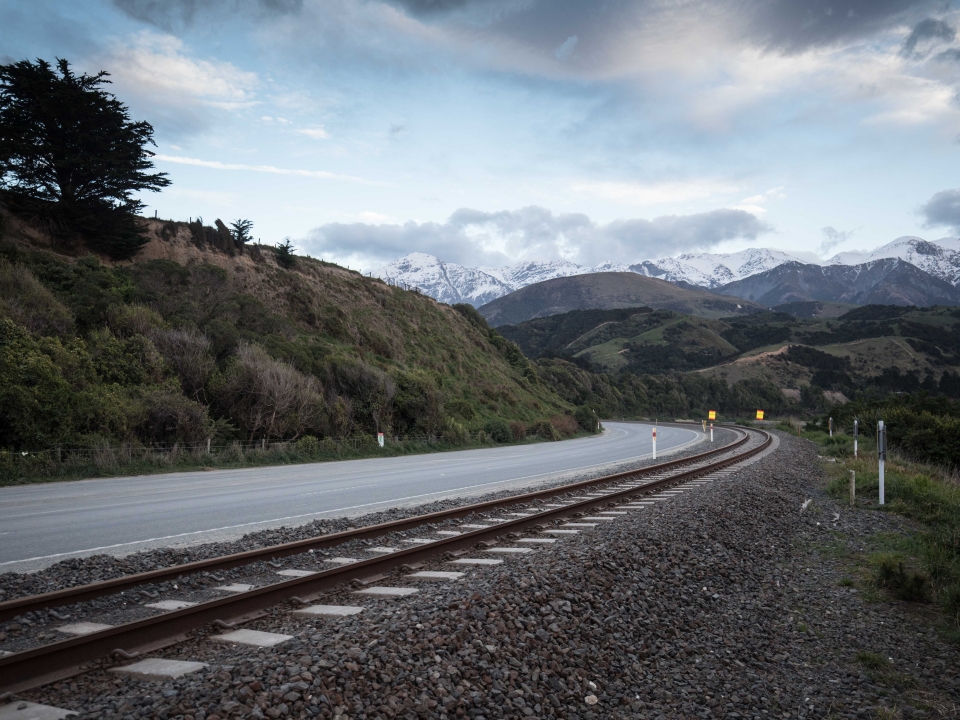You can contact LEARNZ, part of CORE Education, at:
Postal Address:
PO Box 13 678,
Christchurch 8141,
New Zealand
New Zealand’s many mountains, long coastlines, forests, and wetlands can make travelling challenging. The way we design road and rail networks can help to overcome these challenges. Technology continues to improve the sustainability of our transport systems.

Before Europeans arrived, Māori either walked or used waka on rivers or along coastlines. Māori followed ara or paths to reach inland areas. The first roads built in New Zealand followed these ara.
Later, ships and railways changed the way people and goods travelled. Rail and ships still carry large freight. But road and air travel are the most common forms of transport for people.
Wellington and Auckland have an electric rail network. This means people can travel between suburbs and the city by rail.
These services have grown in popularity as more people are choosing to use public transport. In Auckland, for example, the number of people using trains is growing at 6 per cent a year. Whereas the Wellington region contains the highest proportions of employed adults travelling to work via bus and train.

Using public transport is a straightforward way to travel. It is also better for the planet.
Why take public transport?
If a city is to work well it needs an effective public transport system. Public transport helps makes cities more connected and accessible.
Public transport helps:

Ready for a quiz? Try the New Zealand Transport interactive activity.
New Zealand has one of the highest proportions of people living in towns and cities, with around 86% of people living in urban areas. Therefore, we need an efficient and effective public transport network. This will allow people to make smarter choices about how they travel. If we increase our use of public transport and walk or bike instead of using the car, we reduce traffic congestion and pollution from car exhausts.
Public transport is more efficient. One bus or train will move more people much faster than many cars and will reduce the amount of traffic on our roads.